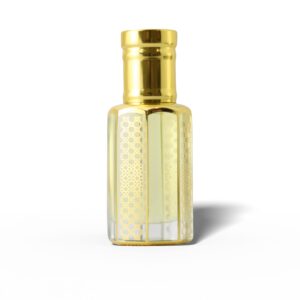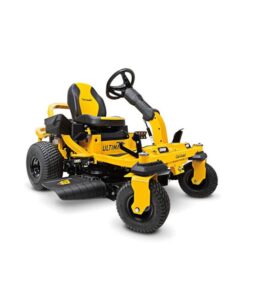Worm castings are higher in humus than compost, which helps the soil they are added to hold more air and more water (both really good things for soil life and plants) and helps bind more of the micronutrients in a place where plant roots will be able to take them up. Maybe there are too many of them, and it isn’t clear what to do or where to begin. It’s common to see melted wax on them, primarily resulting from the heat of normal operation. Cracked or broken power cords are very common. The two most common types of biofuel are bioethanol, which is alcohol made by fermentation, and biodiesel, which is produced from oils or fats. If your radio has only one or two wires like this, it’s easily cured by unsoldering one end of the wire and slipping new insulation over it. Occasionally, you’ll find that a previous owner mixed up two tubes or simply plugged a random tube into an empty socket to fill it up. In this photo, I am testing a rectifier tube with my trusty Sencore “Mighty Mite” tester.
Every tube in your radio or TV should be removed for cleaning and testing. Again, alcohol works well for כיוונים טלגראס בדרום טלגראס (telegrass2u.com) cleaning the entire compartment. In many cases, a so-called weak tube will work well enough to let you proceed with the restoration. I like it, it’s fun, and it feeds us well. Adding some essentials, like phosphorous and nitrogen, ensures no nutrient gaps. Playing a radio or TV with untested tubes is like finding a 50-year old car in a barn and trying to start it without checking the gas gauge. There are some basic names for the old stuff we buy. The high voltage compartment of a television deserves special attention, since dirt in there can lead to destructive arcing. When I was finally released there was only one person waiting for me, my mother. Now, she seeks to lead the human race into the understanding that we are all one. Furthermore, in some circuits the original “lead dress,” or Telegrass – https://telegrass2u.com/, precise routing and length of wires, may be critical. Although the internal condition of most electronic parts is hidden, you should look under the chassis for obvious problems, such as missing parts, disconnected wires, and burned or broken components.
Don’t worry about making the tube look brand new at this stage. In some TVs, the high-voltage rectifier tube is mounted on a little platform, which can be lifted up for cleaning. You can also use an old toothbrush or even a small folded square of non-scratch household cleaning pad held in a needle nose pliers or large tweezers. After I finish restoring the electronics, then I’ll decide whether further cleaning is needed. Replacing all of the wires in a set is an extreme measure, which I have never needed to do in the course of restoring several dozen vintage radios and TVs. But saying that it does have a couple of shocking moments, but really not enough to make it stand out from the rest of its field. If it doesn’t stand securely on its own, a board or piece of styrofoam packing material may help steady it. They encourage Wikidata collaboration on other sister projects you are active on, help update the weekly summary, or participate in Wikidata discussions on one of the mailinglists and Twitter, and provide support to other contributors on the IRC channelconnect. They can bring you joy and help you maintain a sense of responsibility.
You can type a comment into this area. At the same time, compare the tube’s type to the diagram given in your schematic diagram or in the label pasted to the cabinet. After removing the tube, wipe off dust with a dry paper towel and write down its type number (45, 12AT7, 50C5, whatever). In a small number of old radios, the insulation on the wires under the chassis degrades over time and becomes brittle, falling off in pieces. Novices sometimes replace every tube in an old set, but that’s a foolish waste of money. If you don’t have a tube tester, you can still check the tube’s filament (heater) for continuity using an ohmmeter. Radio Frequency Identification or RFID is a form or wire-less communication using either electromagnetic or electrostatic radio frequency signals to enable a main unit and a tag or remote unit to communicate, often to interrogate the tag to establish its presence or extract data. If you don’t have the schematic giving this information, you can look up the tube online at Nostalgia Air or Frank’s Tube Data. It can look melted yet still be usable.



